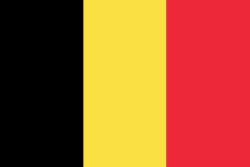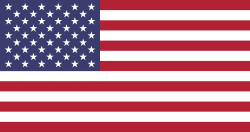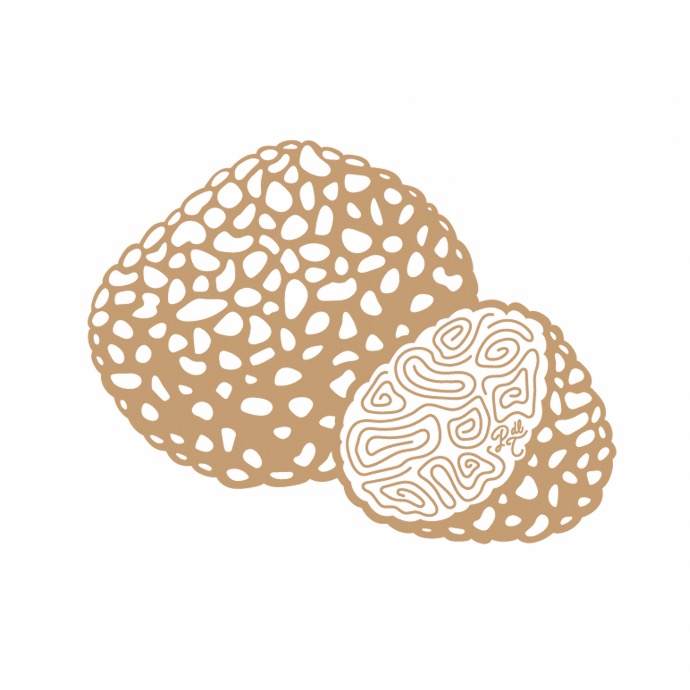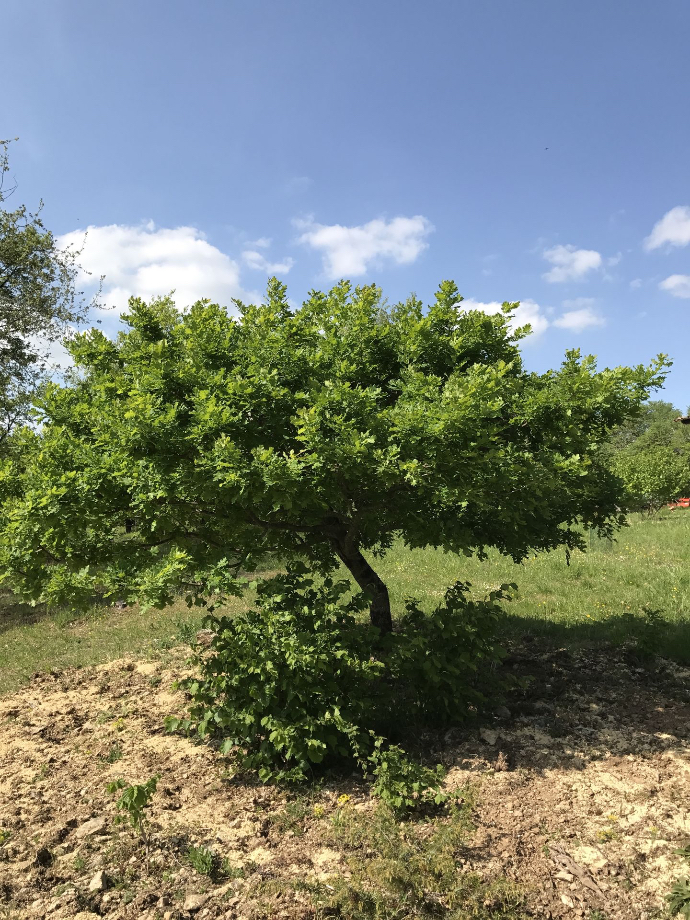Truffle jargon
Unravelling of a mysterious language
The truffle, that black diamond of gastronomy, evokes unparalleled wonder among epicureans and luxury enthusiasts. However, to fully appreciate this rare and prized ingredient, it is essential to immerse oneself in the unique language that surrounds it. Here is a guide to exploring this fascinating vocabulary and gaining a deeper understanding of the subtleties of this captivating world.
Truffle or Rabasse
(A matter of language and culture)
« Rabasse » is the Provençal term for truffle. In Provence, this word evokes a long-standing tradition where nature and gastronomy intertwine. This regional jargon reflects the deep-rooted presence of the truffle in the local heritage.
Truffle grower and Rabassier
(The guardians of tradition)
A truffle grower is someone who cultivates truffles, often with passion and expertise passed down through generations. On the other hand, the term "rabassier" or "caveur" refers to those dedicated to searching for and harvesting truffles, an activity that is sometimes mysterious and fiercely guarded as a secret.
The brûlé
(A natural signature)
Around truffle trees, one often notices a circular area where grass grows little or not at all: this is the brûlé. This phenomenon, called "the witch's ring" in ancient legends, results from the natural production of herbicides by the truffle, marking the areas of mycorrhizal colonization.
The cavadou
(A specific tool)
Essential for the caveur, the cavadou — also called "fougé" in Provençal or "truffle pick" — is a tool specially designed to unearth truffles without damaging them. Every movement matters to preserve the soil and allow the mycelium to produce new truffles in the following years.
Cavage
(The art of the hunt)
The harvesting of truffles, known as "cavage," relies on various ancient techniques. In the past, sows were the valuable allies of the caveurs due to their exceptional sense of smell. However, being noisy, difficult to transport, easily fatigued, and, worst of all, fond of truffles, they were soon replaced by man's best friend. Indeed, today, truffle dogs are preferred for their mobility, discretion, and complete lack of interest in the taste of truffles. They don’t know what they’re missing, fortunately for us!
The search with flies
(A picturesque ritual)
Some enthusiasts still use the truffle fly ("Suilla gigantea"), a rare and poetic technique that involves observing the behavior of this insect, drawn by the irresistible scent of the fungus. Truffle fly hunting requires a sunny, windless day. Armed with a stick, the caveur gently moves the truffle flies to follow their movements until reaching the exact spot where the buried treasure lies.
The canifage
(Revealing the hidden beauty)
Truffle canifage involves shaving a thin layer off the truffle with a small knife to assess its quality. This gesture allows one to appreciate the texture of the marbling and release the captivating aromas of the truffle. When done with care, it ensures that only exceptional truffles will adorn your tables, offering your taste buds an unparalleled culinary experience.
A world to explore
(A world to share)
The truffle jargon is much more than a collection of words: it tells the story of passion, sharing, craftsmanship, and a deep connection with nature. Discovering this world is to celebrate a way of life where every detail, from the search to the training of truffle dogs, enhances the unique experience offered by this exceptional mushroom.



